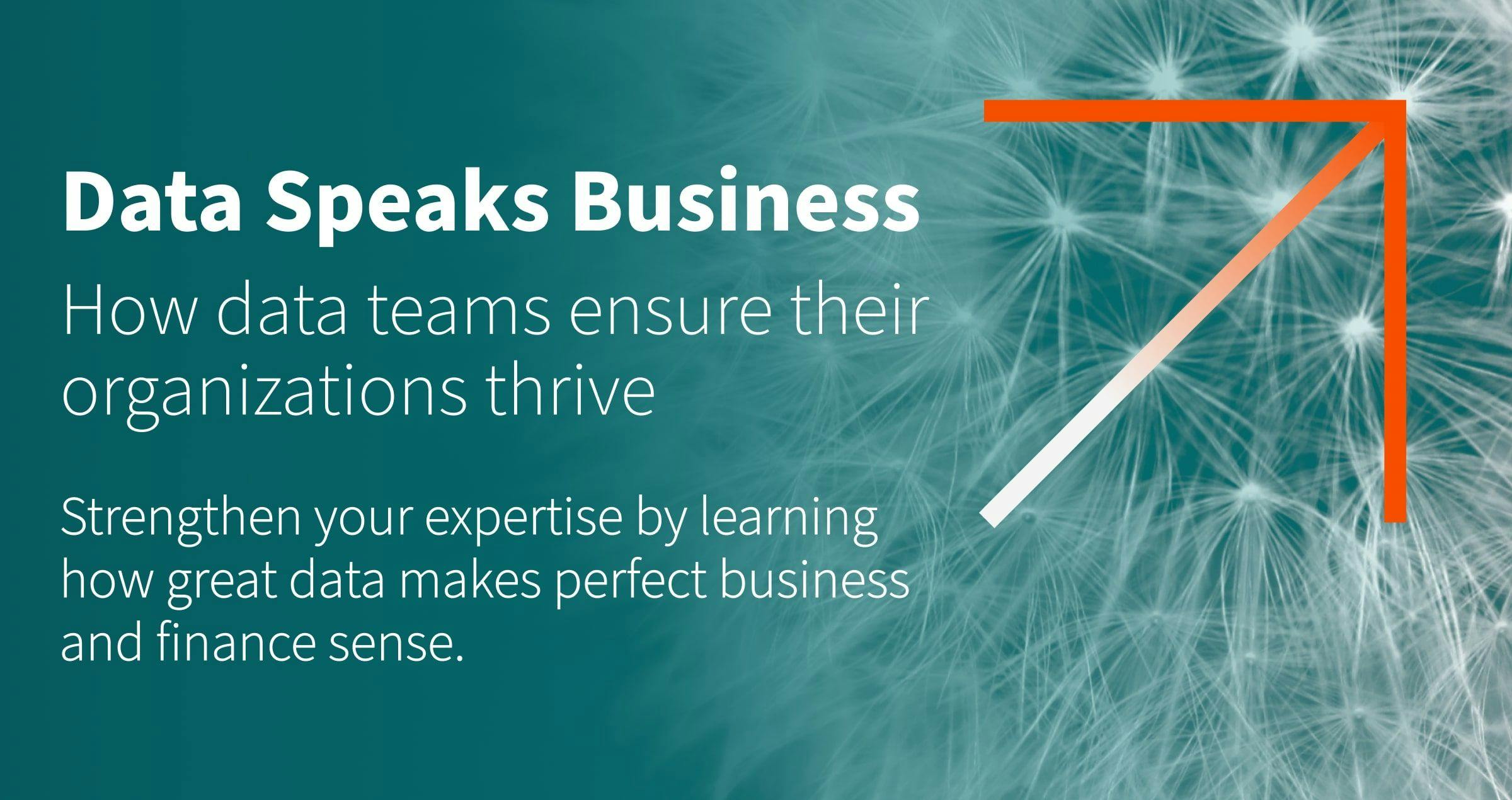I had a lot of jobs growing up. My family moved to the US when I was 3. By the time I was 6 my parents worked in and operated several small businesses, and as the only child in our family, I had to work. Through the years, we operated a dry cleaning business, a furniture store, a beauty supply shop, and a beauty salon. I learned a lot back in those days, but one lesson that’s always stuck with me was how we did inventory. My parents had a notebook they used to keep track of inventory and purchasing. For the most part, “the notebook” existed as a back-up mechanism and we made most of our purchases on gut feel. When I wasn’t playing arcade games at the local laundromat, my job was to take the data from our order forms and consolidate them all in the notebook, so we could look back at our purchases if we needed to. This was my family’s original “data warehouse”, and, if I think about it, I’ve been doing data transformation for as long as I can remember…so no wonder I found myself here at dbt Labs!
Transformation is more important now than it’s ever been. The last year has been challenging for software companies; the shift from “growth at all costs” to “sustainable growth” has occurred at break-neck speed. Businesses are now expected to balance growth with the right investments to drive long-term value. This change puts a focus on analytics and using data to drive key decisions. As a CFO, I can’t make critical business decisions on gut-feel the way my parents did with the notebook. Now more than ever, teams are being pushed to evolve as profitability becomes the new standard. There is increased urgency to drive automation in the cost centers of our business and empower our teams to do more with less.
Here at dbt Labs, we live and breathe transformation everyday. Not just because it’s the core value proposition of dbt, but because we believe it’s central to building processes and platforms that scale with high growth. I always tell my team that “any process you do manually is a process you should do only once”. We should constantly find ways to automate the current and future needs of our business. Central to our success in automation is having consistent, accurate business metrics and data, so that everyone across the company is on the same page. This is why dbt is so important to our operational success here at dbt Labs.
At most companies, data and data sources are prolific, but data quality, having a single source of truth, and ease of exploration are harder to come by. Consider a very basic example: at every company that I've worked, asking the simple question of “what is our current headcount?” was surprisingly difficult to answer. Ask the finance team you’ll get one answer, ask recruiting you’ll get another, ask someone in operations you’ll get yet another. Each team has their own system and method of determining the number. Is headcount determined by an employee’s start date? Is it determined by when she accepted her offer? Do you include people on leave of absence? To make matters worse, each team had the logic hardcoded in disparate systems and reporting tools. So even when definitions are agreed upon, it takes an army of humans to update the various systems, and the governance efforts required to maintain alignment are cumbersome, and rarely successful.
Automating our business processes with dbt
At dbt Labs we take a data warehouse centric approach to our reporting which allows us to move business logic away from applications and traditional tools and into a central dbt repository. By doubling down on a standard source and dbt’s transformation framework, we increase our flexibility, establish a shared understanding, and expand the number of team-members who can contribute to this work. Our key systems point back to the data warehouse / dbt, and as a result, employees have increased trust in our data and save precious time and energy typically wasted on alignment. This results in direct cost savings over time by reducing the reliance on system admins with bespoke reporting skill sets, eliminating manual intervention, and reducing switching costs of company tooling that comes and goes.
We’re seeing gains in many areas by taking this approach, including:
- Automating revenue recognition and expense accruals: we close the books faster than many public companies (from 2-3 weeks to 6 business days)!
- Campaign analytics: our campaign 360 dashboard provides insights on campaign performance, allowing us to redirect resources faster and invest in the highest value programs.
- Consistent headcount analytics: recruiting, HR,finance teams, and people managers all have access to hiring progress, comp bands, tracking vs forecast, and more. This centralized data model connects systems most convenient for each stakeholder, spanning Pigment, Greenhouse, and ADP, eliminating the need for spreadsheets.
Among all the projects we’re using dbt for, the one I’m most proud of, is how we do revenue recognition and accruals. This involves a lot of collaboration across operations, finance, and accounting teams, and accuracy is paramount. Thanks to dbt’s built-in testing and documentation, we have clear audit trails and can close our books in six business days, a mark of process maturity typically not reached until well after a company’s IPO. As we continue to evolve our models in dbt, we have best in class support and documentation to share with our auditors. We completed our first audit last year (and a second last month), and not only did we pass the audit, we did each audit in two months. Our auditors shared that it was one of the cleanest processes and documentation they've ever seen for a company our size.
Apply our learnings at your company
So how can you replicate our success?
- Automate early: Every company invests in new systems and processes, but many start too late because G&A is considered a cost center. However if you do it right, G&A will be a value driver and a value multiplier. Manual processes compound, and eliminating them early is essential.
- Don’t fear the data warehouse: Surprisingly, many operators are intimidated by a data warehouse centered approach – there is a lot of comfort in doing “what everyone else does”, but this also an opportunity to create something better! Today’s modern platforms are very approachable and when used with dbt Cloud, you have an environment that allows teams to move towards self service analytics. We were able to implement our dbt-centric, operational workflow in less than 4 months.
- Double down on standard skill-sets: G&A organizations typically have a large and varied tech stack (ERP, HRIS, ATS, data warehouses, BI tools, and more). The burden on managing and maintaining alignment amongst these systems can quickly become expensive and slow. Find a standard language (SQL / dbt) for your team to collaborate in and empower more team members to be able to automate and scale!
- Stay focused: Find the pain points that benefit the most from automation and streamlined processes. Use dbt to create a common language for all your employees and use data to drive real business outcomes.
One of the core values at dbt Labs is moving up the stack, which means we seek to automate our processes and scale ourselves so we can move on to higher value work. As I look back at my career, I’ve scaled my team and processes at every job I’ve had. It’s allowed me to take on more responsibilities and continuously add value across the organization. That combined with a curious, always-learning mindset is what sets great teams apart.
We’re here to help!
We would love to talk to you about the transformation projects your team is thinking about! Get in touch with our team of experts, and let's have a conversation about how some of our best practices with dbt can be applied at your business.
Last modified on: Feb 22, 2024

Achieve a 194% ROI with dbt Cloud. Access the Total Economic Impact™️ study to learn how. Download now ›

